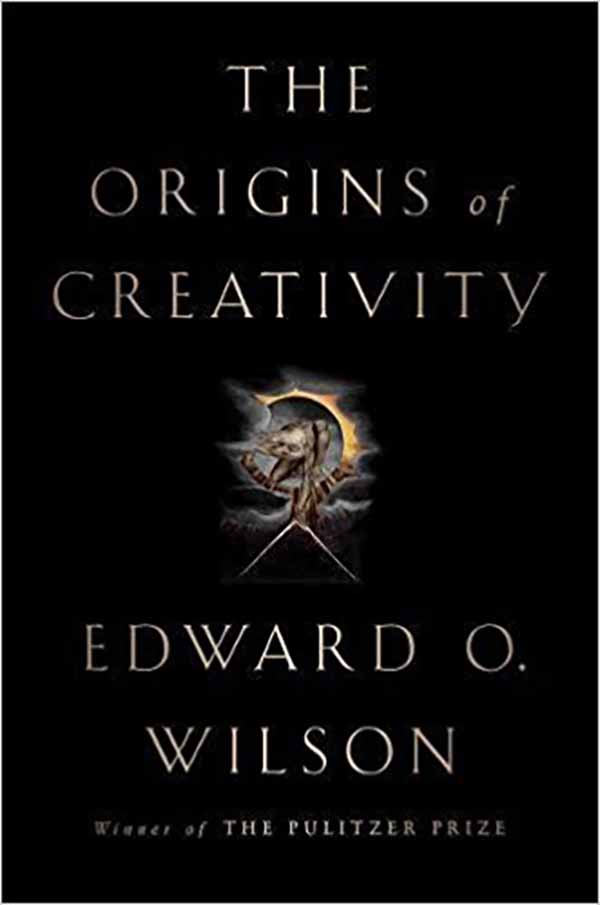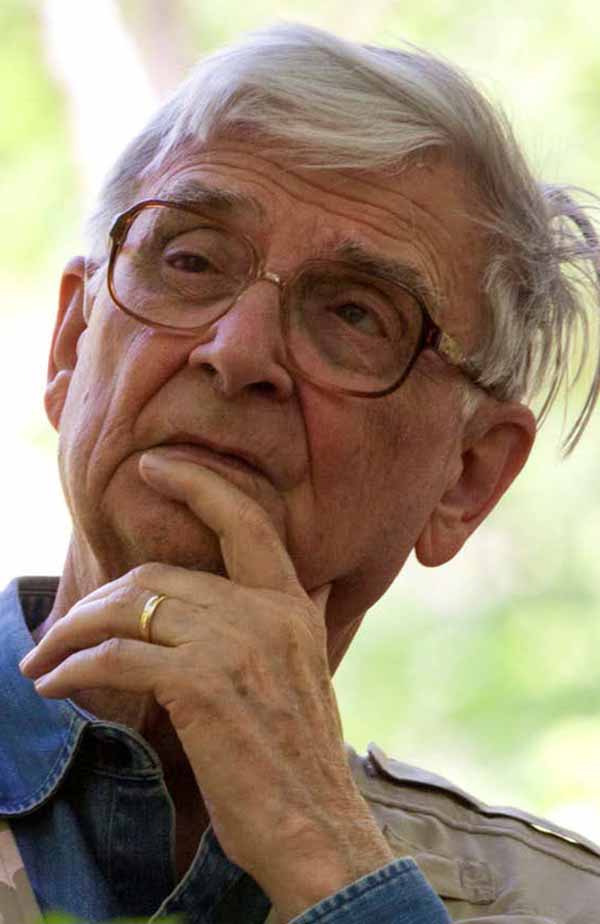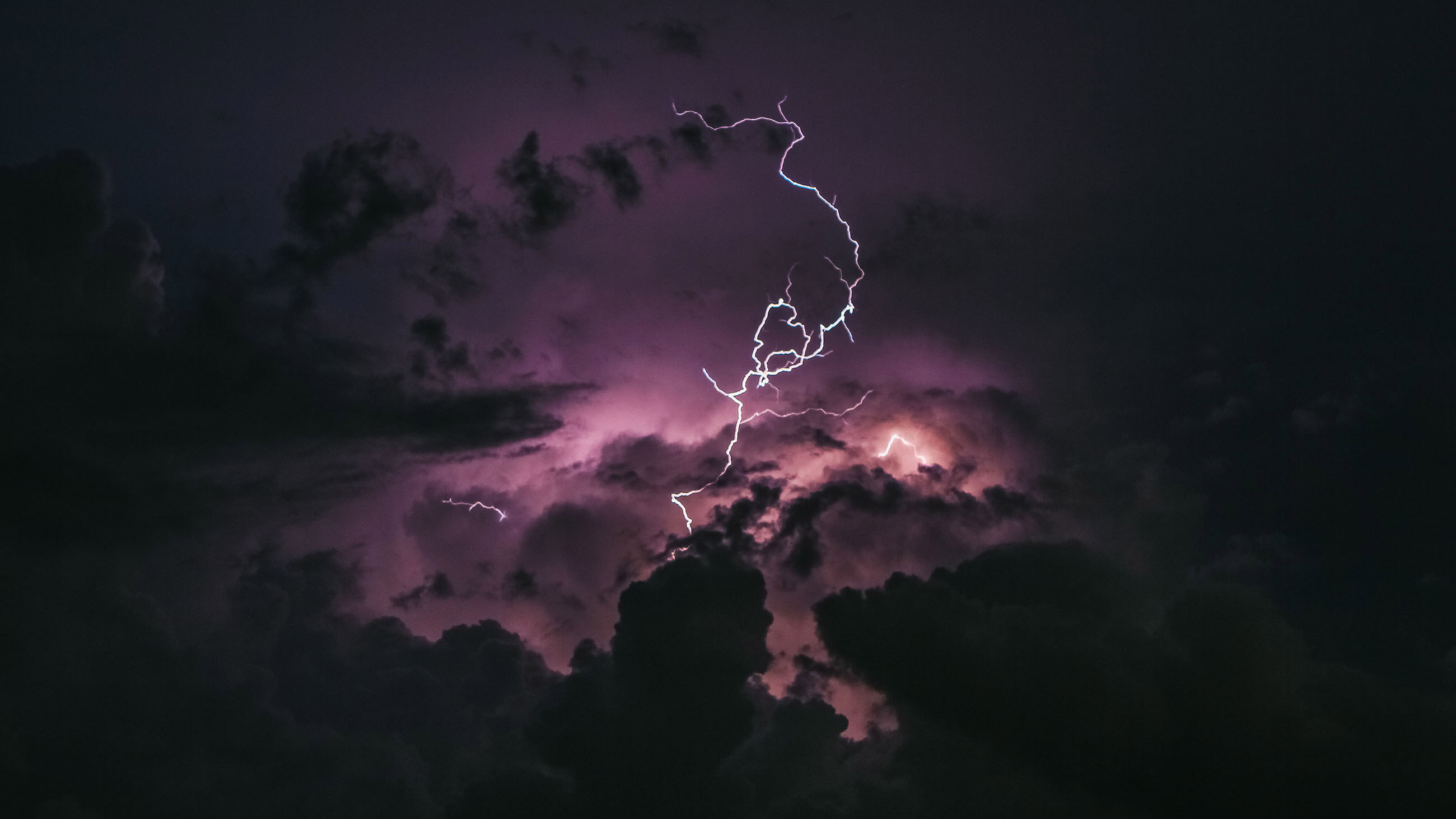Afew years ago, when I was affiliated with the Center for the Environment at Harvard, I occasionally crossed paths with E.O. Wilson, the eminent entomologist and theorist of biology. These encounters were always fun. Wilson is at once courtly and witty, and even a brief chat with him was a treat.

BOOK REVIEW — “The Origins of Creativity,” by Edward O. Wilson (Liveright, 256 pages).
In a way, reading his new book, “The Origins of Creativity,” is like engaging in one of these conversations — for better and for worse.
As a storyteller, Wilson has plenty to draw on. His magisterial compendium “The Ants,” written with Bert Hölldobler, won the Pulitzer Prize in 1991, and it reflects decades of observation and analysis. His “Sociobiology: The New Synthesis,” published in 1975, details Wilson’s views that our genes are the chief architects of our behavior. The book attracted praise, but also a storm of criticism from people who believed the work could be used to justify racism, sexism, and other forms of bigotry.
His new book is billed as taking on an equally big subject, creativity. His big idea, it seems, is that literary and artistic efforts today are impoverished by practitioners’ tendency to ignore the realms of science. To make his case, Wilson capitalizes on his lifetime of observation and study to offer an array of factoids — many of them fascinating — and wry commentary. For example:
• Most people have “a compelling need to talk a lot.”
• The last line of “The Great Gatsby” is “exquisite” but the novels of Jonathan Franzen are not.
• Relatively few creatures other than humans and birds navigate using sight and sound. For most, the landscape is an “odorscape” they navigate by smell and taste.
• One (unnamed) colleague at Harvard, “notoriously weak in research,” neglectful of department duties and unconcerned with undergraduates, achieved success by adopting the dominance techniques Wilson had observed in chimpanzees.
• A whole class of creatures, the pleuston, live exclusively in a two-dimensional environment, the surface of water, “riding the surface tension like acrobats on a safety net….”

Edward O. Wilson
Visual: courtesy of Liveright
This kind of storytelling is captivating. But creativity is a big subject, and even fascinating anecdotes take us only so far.
Wilson insists that the humanities are impoverished today because practitioners of fine and literary arts don’t pay enough attention to the five scientific fields he considers most relevant: paleontology, anthropology, psychology, evolutionary biology, and neurobiology.
The creative arts and humanistic scholarship are failing us, he writes, because of their overemphasis on, of all things, people. As a result, he says, “They are rootless in their explanations of causation and they exist within a bubble of sensory experience.”
It’s a puzzling assertion. I found myself wondering: Has he ever read “Moby-Dick”? The essays of Annie Dillard? Does he know about science fiction? (Actually, he does — examples of the genre are among those he cites in his long list of “great films.”)
Wilson is hardly the first to address what he calls the “seismic gap” between the humanities and the sciences. Perhaps the most famous person to take up the question was C.P. Snow, the British chemist and novelist who in 1959 (not 1954, as Wilson writes) gave a lecture at the University of Cambridge decrying the deepening divide between the world of science and the world of literary intellectuals. People in these separate realms have lost the ability to communicate with each other about their work, he said.
The lecture, eventually published as “The Two Cultures,” caused a trans-Atlantic intellectual hubbub that echoes today. Wilson gives Snow a brief mention, but asserts that the gap is narrowing. Snow’s book, still in print after more than 50 years, is still very much worth reading.
Further, if you accept the abundant evidence that the influence of culture swamps the pressures of genetics when it comes to how we behave, you may find Wilson’s repeated assertions to the contrary irrelevant or even irritating.
Fortunately, though, for much of the book Wilson wanders away from his central argument to travel some of the scientific and other byways he traced as a younger man. When he does, the courtly and witty natural historian emerges, as captivating as ever.
Cornelia Dean is a science writer, a former science editor for The New York Times, and a lecturer at Brown University. She is the author of “Making Sense of Science: Separating Substance From Spin” and “Am I Making Myself Clear? A Scientist’s Guide to Talking to the Public.”










